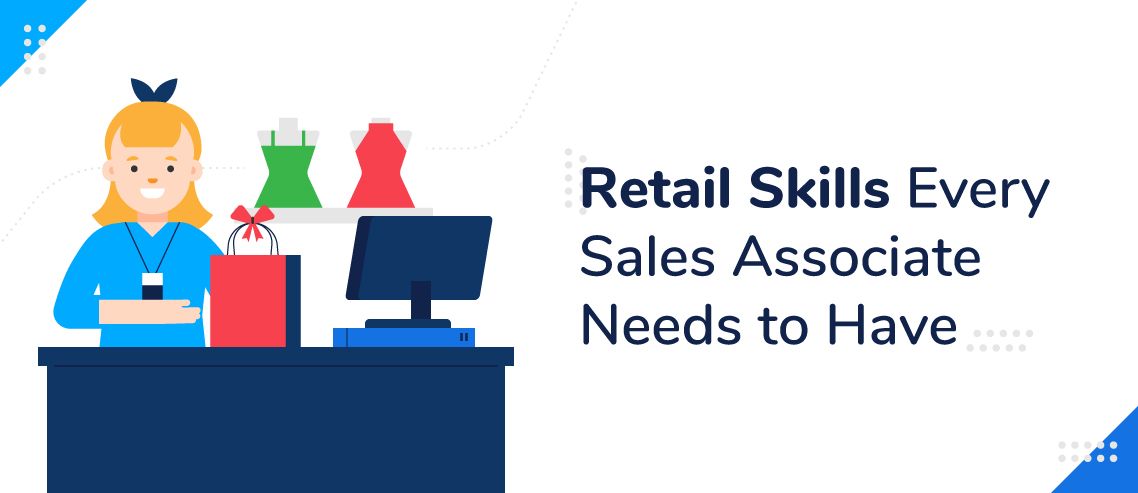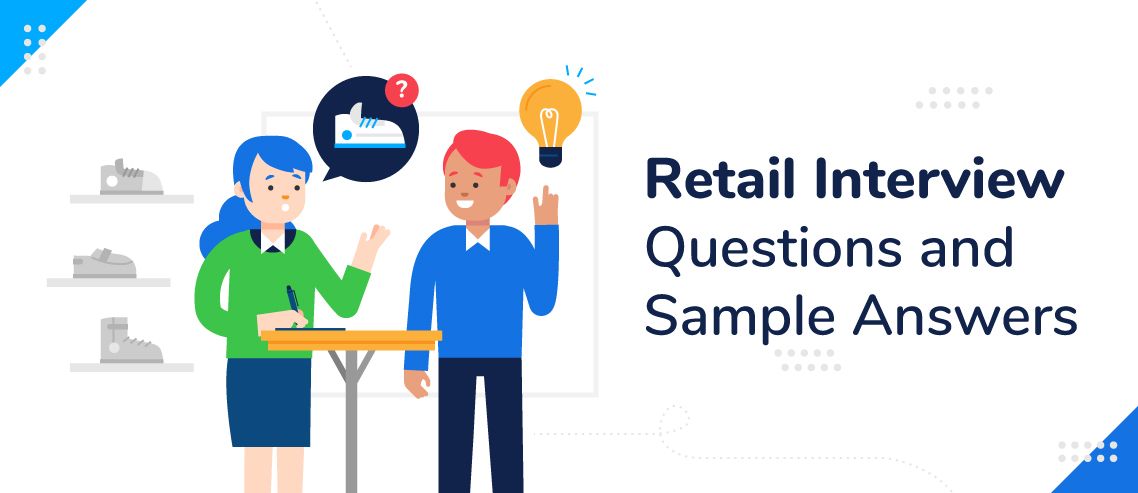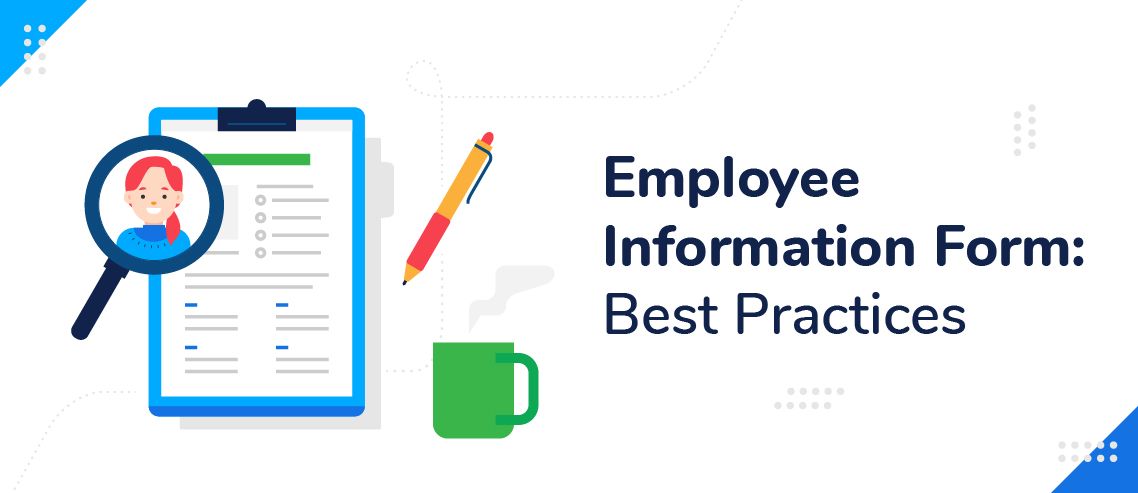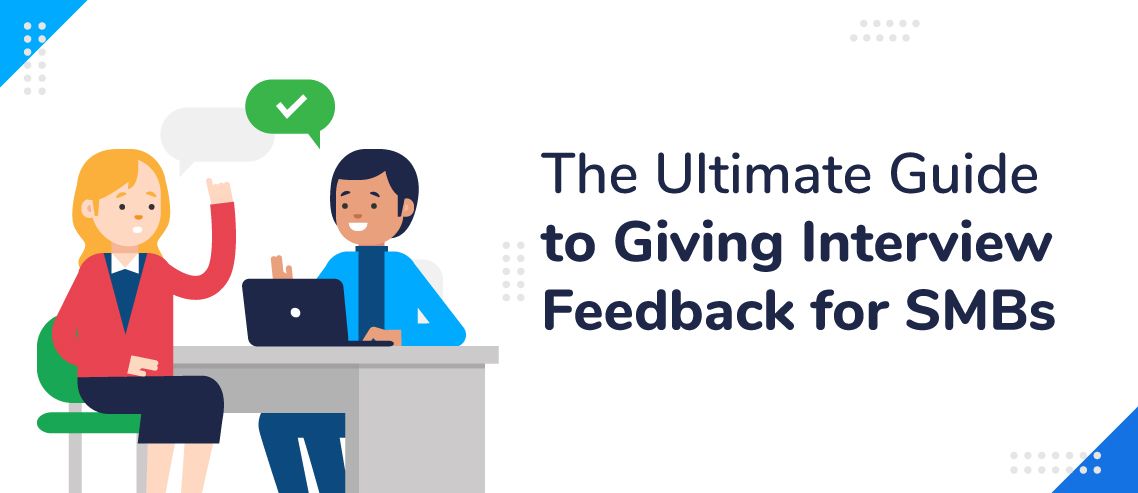How To Create An Ideal Employee Profile For Better Hiring
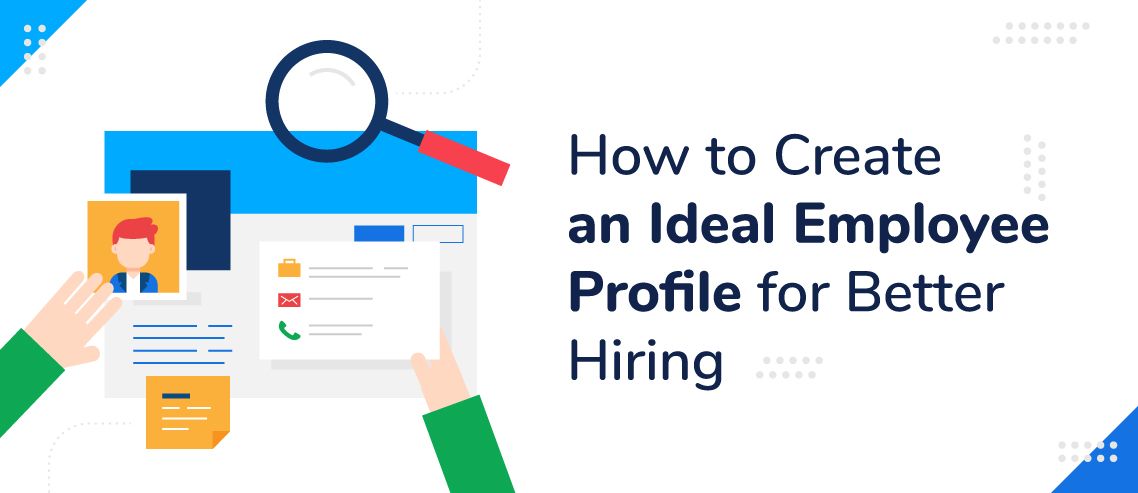
To recruit the best talent, you have to know what you need in your restaurant. Only you know the kind of person that will thrive in your environment, and the kind of person who can meet the needs and demands of your business. Hopefully you already have several employees who perfectly fit what you need. The good news is that you can use this to your advantage when searching for new talent.
Finding the right candidates can be a systematic productive process that leaves you with only the best candidates for your position and your restaurant. But to be this way, you have to have a well-defined process and set of questions to lead you. By focusing on the process and questions, you’ll be able to easily evaluate candidates qualifications and their characteristics – and compare them to one another – to be absolutely sure you’re making a smart hire.
What Is an Employee Profile?
An employee profile is essentially a list of skills, qualifications, and personality traits that your ideal recruit would have. You can think of it as a candidate persona.
When done well, your profile should tell you whether each candidate would be capable of doing the job you’re hiring them for, what soft skills they would bring to the table, and how well they would fit into the company culture, should their job application be successful.
While you may not manage to recruit a candidate that ticks off every single one of your boxes within your employee profile, you’ll get much closer to bagging a perfect candidate if you actually set out your criteria from the get go.
You’ll rely heavily on your employee profile in the interview stage, but it will also steer you from day one to ensure that all earlier recruiting activities, such as writing the job description, are aligned with what you want and need. This makes the text recruiting process chaotic at best, and could mean you hire the wrong candidate entirely.
Below are some tips to help guide your hiring process so you can make sure your next employee is a great fit with your business and your team.
1. Understand the position and its demands
The first thing you should do when getting ready to make a new hire is review each of the roles within your restaurant and understand them completely. This will help you determine the best place for a new hire to fit in and help the team. Don’t forget to consider standard on-the-job duties as well as unexpected scenarios that might occur with this position.

2. Write a clear, targeted job description
It’s easy to put job descriptions on the bottom of the to-do list, rushing through them to get them out the door so you can start your hiring process more quickly. But this can be a huge oversight.
The job description is one of the key pieces of information you’ll share with new employees, and it’s a great way to communicate the clear expectations you’ve created (in the above step). Take your time writing the description, and have other employees review it to be sure the responsibilities fit within the team.
3. Write a detailed profile of the person you need
When you’ve determined this place, write an outline of the key characteristics that a person in this position will need to be successful. This could be anything from a calm demeanor for front of house employees dealing with crowds of guests to the ability to think quickly on their feet for waitstaff.

When you have a complete list, you can begin to sketch out the questions and work examples that you’ll use in the interview to determine whether your candidates fit your needs.
4. Develop specific, actionable evaluation criteria
Now that you’ve decided on specific responsibilities, duties and the type of person you’ll need for the job, it’s time to determine how you’ll know that they’re successful. One of the best ways to set an employee up for success is to be clear about expectations from day one. And by writing down the specifics around how you’ll evaluate their performance, you’ll be better equipped to share your expectations early on in their tenure.
When creating this, it helps to imagine that you’re performing a performance review. You may have a standard set of questions that you use for other employees. Use this as a starting point, but be sure to cross-reference it with the specific duties for this position so you have a distinct set of evaluation criteria.
5. Figure out the best places to find the best candidates
When the first three steps are complete, you’ll have a very comprehensive view of the person you’re looking for. The next step is to figure out the best places to find them. It’s important to spend some time researching where to find the right candidates so you’re efficient and targeted in your search.
Updating your “We’re Hiring” page is a great first step, but don’t wait for applicants to come to you. Consider local professional restaurant or hospitality associations – and even take a look at some of your local competitors to find the best talent. When you keep your search focused on the best, targeted prospects, you’ll get to the right candidates more quickly.
When you’ve gone through all of these steps, you’ll be more than ready to begin your interview process with what should be some very qualified candidates. Before you know it, you’ll be adding another valuable team member to your restaurant staff.
4 Benefits of Clear Employee Profiles
1. Writing the Job Description Becomes Simple
Have you ever sat down to write a job description and been intimidated by the blank page? You’re not alone.
Outlining a job role, particularly when you have no template to go on, can feel very daunting. Where do you begin to describe the sort of person you want as a waiter at your restaurant, for example? What can you say beyond “waiter” that will properly convey the type of person you would love to have work at your establishment?
Yet when you sit down with a clear employee profile, already signed off and agreed upon by all stakeholders, this job gets so much easier.
And the end result will be so much better too – by conveying a sense of the soft skills and personality traits you’re seeking, you won’t just end up with a bunch of people looking for a generic waiter job.
Instead, you should find someone who is genuinely interested in working for your business.
2. It Gives You a Better Idea of Where to Seek Out Candidates
Once you’ve written that job description, where do you post it? Jobs boards? Social media pages? LinkedIn?
If you already know the type of person you’re looking for, it’s a small jump to work out where they might hang out.
If your restaurant, for example, has a hipster aesthetic, you might want to post your job ad in coffee shops or bars in artsy parts of town. On the other hand, if you’re looking for super professional waiting staff with a ton of five-star experience, LinkedIn is going to be your best bet.
3. It Ensures Interviews Have the Right Direction
Where employee profiles really come into their own is during interviews. As an interviewer, there will be some people you interview who you instantly warm to, and others you don’t – you’re only human.
But you’re not necessarily interviewing to find the person you click with best. Instead, you need someone with the relevant skills, experience, and personality traits to get the job done well.

4. You End up With the Hire That Is Closest to Your Ideal Employee
Put simply, this is why employee profiles are worth building. If you don’t write down your criteria and ensure that your stakeholders agree, you’re going to have a vague, constantly-shifting idea of the sort of candidate you want to hire.
This makes the recruitment process chaotic at best, and could mean you hire the wrong candidate entirely.
Write it down, on the other hand, and it will become the backbone of your recruitment process. Your hire might not hit every mark on the profile, but they’ll be the closest one to doing so.
Employee Profile Example
Job title: Waiter
Manager: Sarah Smith
Team: Front of house
Key objectives for new hire
- Improve customer service at My French Restaurant
- Improve customer waiting times at My French Restaurant
Measurable outcomes
- Increase number of tables we turn over each night
- Decrease number of complaints on social media and feedback forms
- Increase number of positive reviews on social media and feedback forms
The ideal candidate will have the following…
Skills and experience:
- Customer service skills
- Experience dealing with customer complaints
- Cleaning/bussing skills
- Organizational skills
- Tech skills to work ordering systems/tills
- Experience waiting tables
Personality traits:
- Outgoing
- Friendly
- Warm
- Professional
- Remains calm in stressful situations
- Can think on their feet
- Cooperative
- Hard-working
Cultural aspects:
- Enjoys French food
- Knowledge of French cuisine
- Knowledge of French culture
- Enjoys socializing
- Enjoys team bonding exercises
JD enjoys teaching people how to use ZoomShift to save time spent on scheduling. He’s curious, likes learning new things everyday and playing the guitar (although it’s a work in progress).


